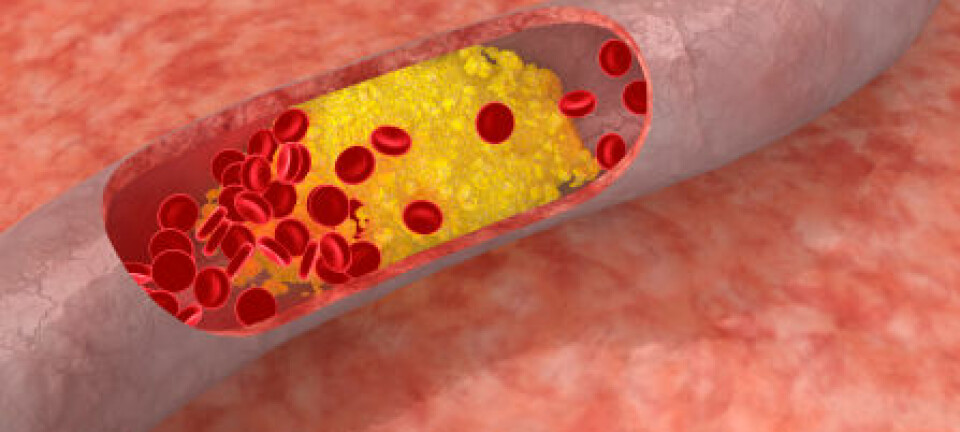
Genetically high cholesterol levels remain unseen
Probably about 18,000 Norwegians have inherited high cholesterol but don’t know it. Exercise and a proper diet are not enough to counteract the condition.
Denne artikkelen er over ti år gammel og kan inneholde utdatert informasjon.
High cholesterol is a well-known concept for most of us. But fewer are aware that it can be inherited, a condition called familial hypercholesterolemia, or FH. The consequences can be fatal – even from an age of 35 – if a person’s genetically high cholesterol remains undiagnosed.
According to figures from the Norwegian competency service for FH, around 15,000 to 25,000 of Norway’s population of 5 million have FH. But only 6,500 have been given the diagnosis.
“This makes it one of this country’s most widespread inherited diseases,” says Martin Prøven Bogsrud in a press release from Oslo University Hospital. Bogsrud is a physician at the hospital and head of the Norwegian competency service for FH.
He points out that unawareness – among health workers as well as the general public – is one of the reasons for the lack of diagnoses.
“Unfortunately, many general practitioners and other health personnel don’t know the difference between familial hypercholesterolemia and ‘normal high cholesterol’ which occurs at adult age,” he explains in the press release.
“A person with FH has had high cholesterol from early childhood,” continues Bogsrud.
Can be treated
Everyone with cardiovascular disease or high cholesterol in their family is urged to get their cholesterol measured by a doctor. If levels are high, a genetic test is also needed to diagnose FH.
Fortunately, this is a condition that can be treated.
“With early and correct treatment the risk of heart disease can be reduced to a level almost equal to that of the general population. But sufficient exercise and a healthy diet is not enough for FH patients. They also need cholesterol regulating medications,” says Bogsrud.
-------------------------------------
Read the Norwegian version of this article at forskning.no
Translated by: Glenn Ostling



































